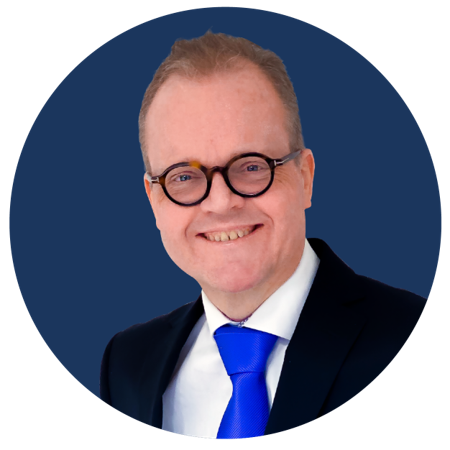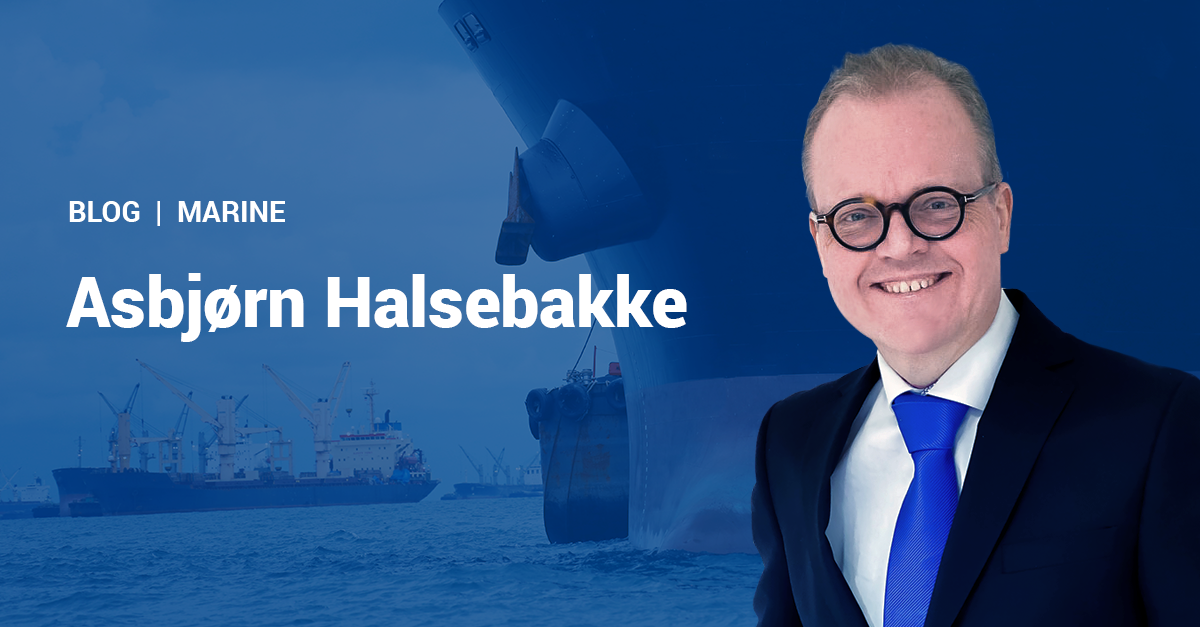How can we build and retrofit ships to meet the coming emissions regulations and possible future requirements?
This is the urgent question facing the marine industry today.
As we move to greener fuel solutions, some challenges include the impact of fuel changes on how an engine runs, the availability of truly green options and the expense of “clean” fuels both now and for the foreseeable future.
However, one thing is clear: emissions must drop before long-term fuel sources are decided.
I believe the way to accomplish this is by making sure engines can run on several different fuels. While we are making this transition, one fuel may be available in one location, while only another in a different location. Vessels need to be fuel-flexible. And we need to be able to implement solutions for both retrofits and new vessels.
The success of current dual-fuel engines worldwide points the way to the ultimate solution.
Realizing new vessel fuel-flexibility
New vessel designs with fuel source flexibility willallow a vessel to adapt as needed after commissioning, ensuring that today’s designs can still be used in 10–15 years.
What do these designs look like?
Our conversations with ship designers, shipowners and systems integrators indicate a collective shift of focus to vessels with batteries and the possible use of fuel cells or more batteries. This shift applies even to vessels that relied on simple AC solutions until very recently.
Accomplishing this shift requires:
- The agility to take immediate advantage of every breakthrough
- Close communication and cooperation between partners
The Switch is already working with shipowners, ship designers and systems integrators to devise solutions that can be implemented in 3–5 years. We are using today’s products to test tomorrow’s solutions.
Our current offering of DC-Hubs and inline permanent magnet machines provide high efficiency and compactness with any fuel source.
We are constantly monitoring the need for new innovations. We are interested in even a small enhancement of our already deep knowledge of connecting sources, loads and energy systems so that all play together in an increasingly efficient and sustainable way.
Our products have been developed specifically for a marine environment, not converted from land-based solutions. We have a long track record of connecting new electrical sources and energy storage together on a vessel to reduce emissions and fuel consumption – and make transport as green as possible.
In ongoing development, we continually upgrade and adapt our products to meet the ever-changing needs of today’s marine world. To illustrate only briefly:
- Our first delivery of DC-Hubs and DC switchboards was in 2008
- In 2010, our DC-Hub was connected to a 330-kW fuel cell on board a vessel
- The combination ran for more than 7,000 hours
- In 2013, our DC-Hub was rebuilt to connect to a battery of 500 kWh together with the already installed fuel cell, demonstrating the benefit of fuel cell and batteries together
Whatever fuel is ultimately used, The Switch has electric machines ready to integrate with it.
Retrofitting for fuel efficiency now
Meanwhile, well-designed retrofits for vessels in mid-life are already saving fuel and reducing emissions.
Solutions with fuel cells and batteries located on a vessel’s deck – combined with a high-efficiency DC-Hub and generator from The Switch – are allowing vessels operating now to continue meeting their transit speed with a greener footprint.
The Switch has already delivered a number of retrofits that improve a vessel’s carbon footprint. One example is the 2018 retrofit of the North Sea Giant.
Together, The Switch, Wärtsilä, Corvus Energy and North Sea Shipping created a solution that has already saved the vessel approximately 10 million liters of diesel and reduced the CO2 emissions to the world by nearly 30,000 tons.
Innovating together
Let’s talk about your ideas and needs. Together, we can develop solutions to today’s challenges and create a greener tomorrow.

Chief Expert, Marine Concepts
Asbjørn Halsebakke

Asbjørn Halsebakke is leading his team in engineering marine drive solutions, frequency converters and rotating machinery, which are in use today with the utmost reliability on vessels throughout the world. Before joining The Switch, Halsebakke worked for Aker Kværner Elektro AS in Norway to develop frequency drives and perform sea trials and commissioning. Halsebakke graduated from Narvik University College with a Master of Science in Electrical Engineering. He also attended the University of Bergen, where he studied elementary physics and mathematics.
